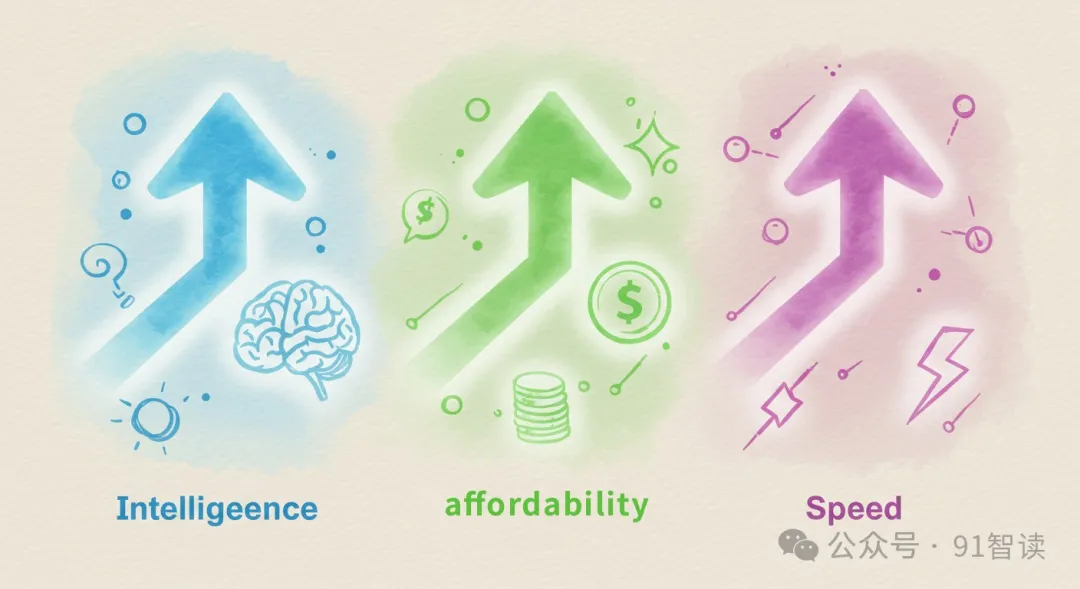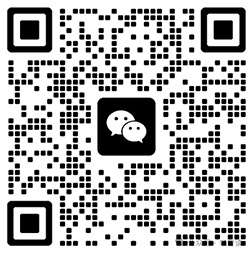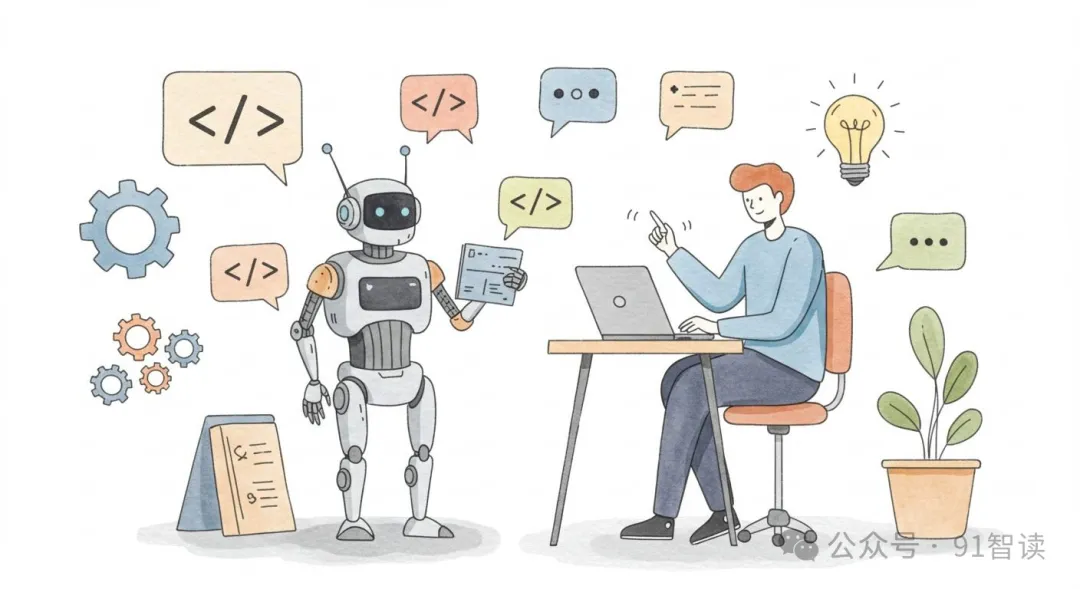Hello, Product Builder

Imagine this: you, alone, creating an application from 0 to 1 – analyzing requirements, designing features, writing code, and optimizing through iterations, all without relying on a large team.
Sounds like science fiction? Not anymore. In 2025, with the support of large language models (LLMs), this is becoming reality.
Today I want to talk about “Product Builders,” a product of this era.
How are they different from the product managers we’re familiar with? Let me start with my own experience.
In March 2024, Anthropic released Claude 3 Sonnet. After trying it, I discovered its code understanding and generation capabilities even surpassed GPT-4 at the time, especially its programming optimizations which impressed me.
By June, Claude 3.5 Sonnet was released, leaving OpenAI behind.
Riding this wave, I started my first project with it – a Beancount bill import tool written in Rust. The process had some twists and turns, but the results were surprisingly delightful!
Unexpected Joy

1. First Steps with Rust Aren’t So Hard
Rust is known for safety and efficiency, but its memory management rules always intimidated me. This time, with Claude 3.5’s help, I had it generate a safe code template that solved the core logic for parsing bill files, saving me at least 3 days of trial and error.
With this, I took my first step in Rust development. Later, when writing Mac applications with Swift or creating automation scripts with Python, I confirmed the same principle: LLMs can give you courage to take that first step.
2. Perfect Reuse of Existing Knowledge
Whether it’s user stories in project management, requirements documentation, or technical solution design – I found that this experience isn’t wasted when working with LLMs.
For example, I told Claude: “I need a bill import tool that supports CSV format and outputs Beancount format.” It not only understood but helped break down the functionality for step-by-step implementation. Your past professional accumulation + an LLM’s understanding and execution creates a combination that doubles efficiency.
3. From Development to Product, Just One Step Away
With the above two points, I reached a conclusion: if you’re a development engineer, you can use LLMs to analyze requirements, write documentation, and make plans, allowing one person to control project progress and quality. For instance, my Rust project went from requirements to launch in just two weeks of spare time.
If you’re a product manager, having an LLM generate technical solutions based on your requirements and breaking them into small iterations works just as well.
Developers step forward, product managers step backward, and the result is the same: one person can handle the entire project.
Behind this is the comprehensive value of “human + tool,” which I firmly believe will become the new standard for future corporate hiring.
Three Major Trends in Large Language Models

1. Increasingly Intelligent
From GPT-3.5 to DeepSeek, to the latest Claude 3.7 Sonnet, each new version makes me think: “The previous version was garbage.”
LLM upgrades aren’t small tweaks but crushing evolutions. For example, Claude 3.7’s code generation capabilities can directly optimize 20% of the implementation logic in my Rust project – it’s incredible.
2. Increasingly Affordable
Global competition in the AI arena is intensifying, with capital pouring in from major corporations to startups. For instance, DeepSeek’s open-source model has inference costs nearly 50% lower than GPT-3, and AI products from major domestic companies are now mostly available for free trials. Prices are dropping, choices are increasing, and the time to try is now.
3. Increasingly Fast
Imagine if LLMs responded 10 or 100 times faster than they do now. You’d send a question and get an instant answer.
Claude 3.7’s response speed is significantly improved over 3.5, reportedly up to 40% faster, potentially reducing latency from seconds to even lower ranges. At this rate, it may even begin to threaten the position of traditional APIs. In the future, it might directly replace some API calls.
Based on these three major trends, shouldn’t a smart person like you take action now? LLMs are redefining personal productivity, allowing both development engineers and product managers to transform into “Product Builders.”
Product Builder

“Product Builder” is a hot term I saw in an international forum a few days ago, with a stronger sense of mission than “Product Engineer.” Like product managers, they’re responsible for products, but what’s the difference?
- Product Managers excel at defining “what to do,” drawing blueprints, and specifying requirements.
- Product Builders not only think clearly about “what to do” but can also execute “how to do it” – from requirements documentation to code implementation, all handled by one person.
For example, I completed the bill import tool using Claude, controlling the entire process from requirement breakdown to code debugging. If you’re a development engineer, LLMs can complement your product thinking; if you’re a product manager, they can help you implement directly. In the future, companies may need such “all-rounded individuals.”
Why not try it? Spend 5 minutes writing a small script with Claude, or use DeepSeek to optimize your next project. You’ll discover that going from 0 to 1 isn’t actually that difficult.
👇Scan the QR code with WeChat, follow “91智读” for daily updates and grow together.

👇Feel free to add me on WeChat to share stories about personal growth.


